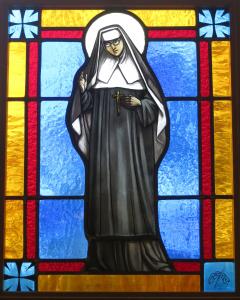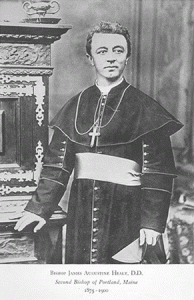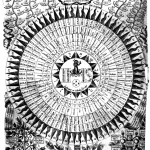His origin is unknown. During the pontificate of his predecessor, St. Stephen, a sharp dispute had arisen between Rome and the African and Asiatic Churches, concerning the rebaptism of heretics, which had threatened to end in a complete rupture between Rome and the Churches of Africa and Asia Minor. Sixtus II was more conciliatory than St. Stephen and restored friendly relations with these Churches, though, like his predecessor, he upheld the Roman usage of not rebaptizing heretics. Shortly before his pontificate, the Emperor Valerian issued his first edict of persecution. Sixtus II managed to perform his duties without being prosecuted. But during the first days of August, 258, the emperor issued a new and far more cruel edict, which ordered that bishops, priests, and deacons be summarily put to death. Sixtus II was one of the first to fall a victim to this imperial enactment. There is some doubt whether he was beheaded forthwith, or was first brought before a tribunal to receive his sentence and then led back to the cemetery for execution. The latter opinion seems to be the more probable.
(Adapted from the 1911 Catholic Encyclopedia)
(Adapted from the 1911 Catholic Encyclopedia)












